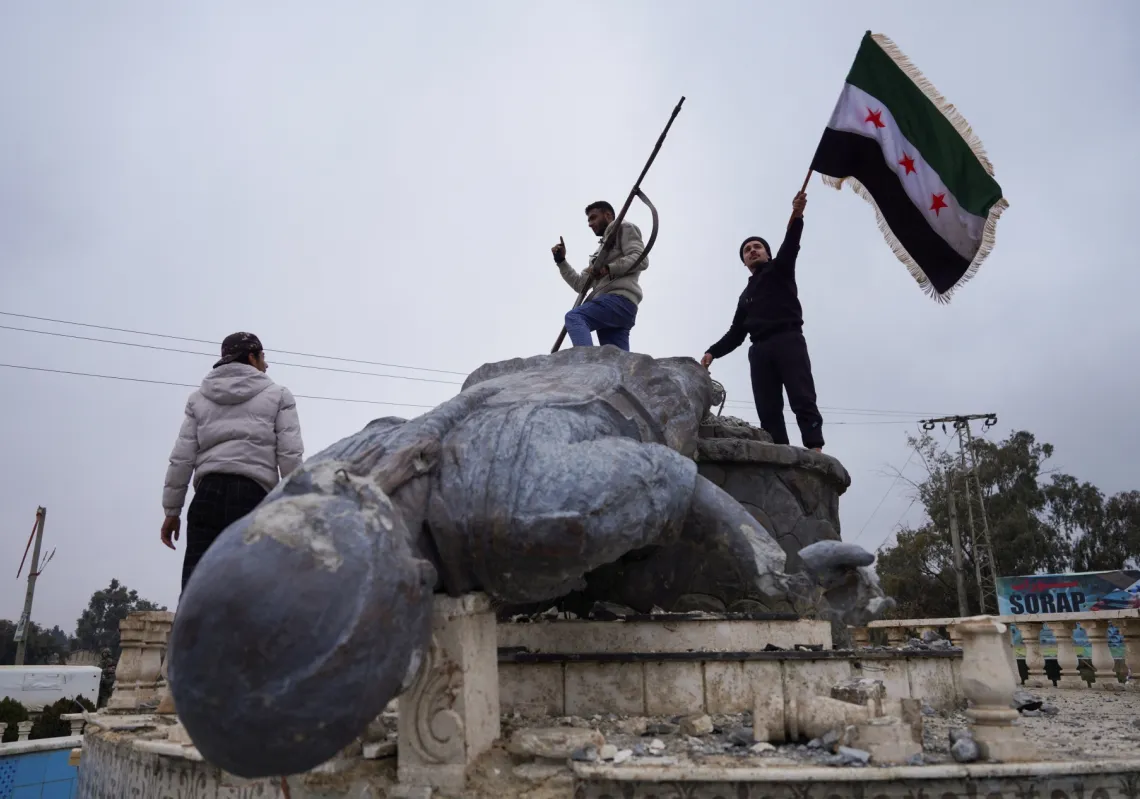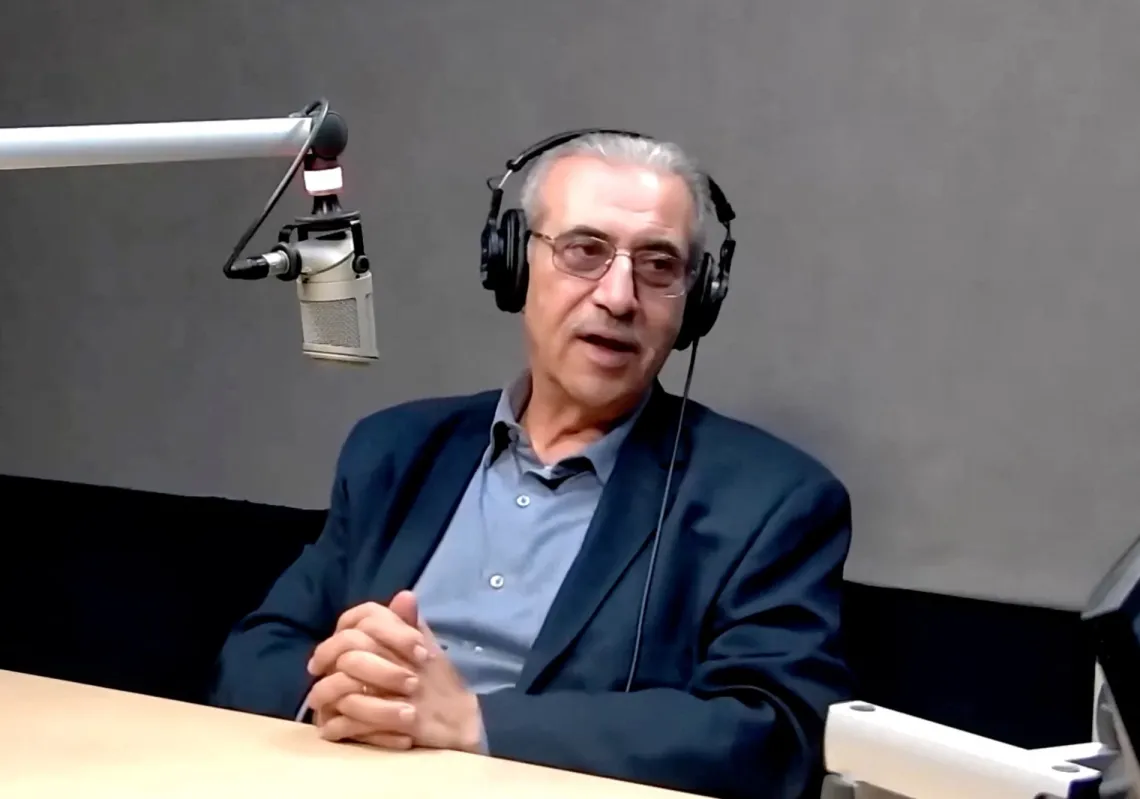Anchored in a comprehensive vision to reform and diversify the economy and supported by an ambitious national investment strategy and a strong buy-in from a young and dynamic population, Saudi Arabia’s economic and social transformation is impressive.
The latest IMF report attests to the Kingdom’s remarkable achievements to date and the economy’s exceptional performance during 2022. At 8.7%, overall growth in 2022 was the fastest the country had experienced in almost a decade, with non-oil GDP growing at close to 5% and inflation contained throughout.
The overall unemployment rate dropped to a 4.8% historical low; unemployment of Saudi nationals fell to its lowest level in 20 years; and women’s participation in the labour force hit 36% – double the rate of five years earlier.
Supported by favourable oil market developments, the Kingdom’s fiscal position registered its first surplus since 2013, and the current account surplus reached a ten-year high while reserve buffers remained ample. The deepening of the capital market is evident in the record overall listings and foreign capital inflows and the rating agencies’ sovereign upgrade vouches for the Kingdom’s solid reform momentum.
Seven years into the Vision, the work Saudi Arabia has put into economic diversification is starting to pay dividends. On the output side, new economic sectors have emerged, including tourism, entertainment and culture, media, mining and metals, digital technologies, and renewable energy.

Notable progress has also been made towards export diversification: the share of non-oil exports to total exports has increased to around 25%. Similarly, non-oil revenue has risen to a third of total revenue from around 10% a few years ago.













